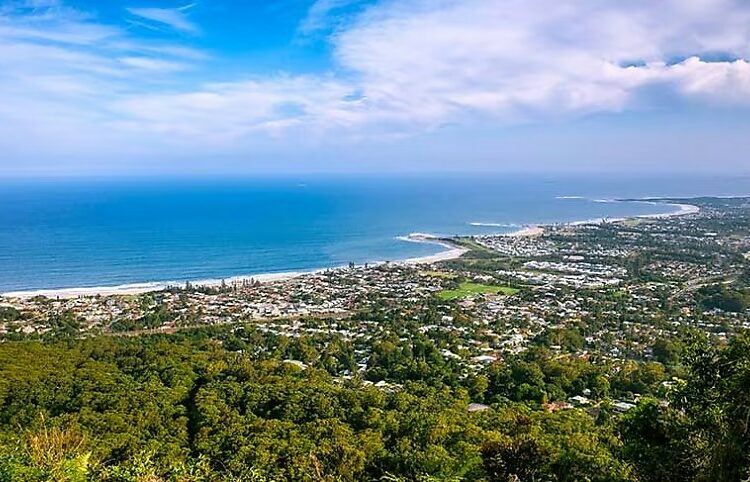There were fewer Australian properties listed for sale in January than last December, according to new data from SQM Research.
Across January, 215,554 residential dwellings were listed for sale, down 5.8 per cent on December’s 228,415, as all but one capital recorded decreased listing rates, led by Adelaide’s 8.7 per cent decline, followed by Darwin (8.6 per cent) and Melbourne (8.3 per cent).
Hobart remained the only capital to resist the national trend as residential property listings increased 0.3 per cent between 2022’s final month and 2023’s debut month.
New listings fell a further 19.6 per cent over January, marking the fifth lowest count of new listings of any month since SQM commenced national listings monitoring in 2009.
Louis Christopher, managing director at SQM research, explained, “The January holiday period is traditionally a quiet time for listings so it is no surprise we recorded a fall in activity over this month.”
Though, he did note that the decrease in new listing activity when compared to the same month last year suggests “most property owners believe it is a bad time to sell right now and so are holding back, waiting for a housing market recovery.”
He added, “There are very few forced sellers out there, as our distressed listings index reveals, which indicates, thus far, a market under no great stress.”
Distressed listings are down 3 per cent month-on-month to 6,018 in January as opposed to 6,201 in December. The largest drop in this sales category came in Western Australia, which reported a 4.8 per cent decline, followed by Queensland’s 4.4 per cent drop, and Victoria’s 2.4 per cent decrease.
On the contrary, distressed sales soared 44.4 per cent in the ACT, 10.6 per cent in the Northern Territory, and edged up 1.6 per cent in Tasmania.
For this, Mr Christopher said there is optimism that “provided the cash rate does peak below 4 per cent, the market will bottom and start to recover from [the] middle of this year.”
Widening the data pool to 12 months revealed 7.1 per cent more property listings compared to January 2022, with only Darwin (3.9 per cent) and Perth (9.4 per cent) reporting a drop between then and last month.
The biggest 12-month listings increase was in Hobart, with 95.7 per cent more residential listings available last month as opposed to last January, Canberra, where a 21.6 per cent increase was reported, and Brisbane (13.6 per cent).
Property listings over 180 days rose 1.3 per cent between January 2023 and last December, as part of a 23.1 per cent yearly rise.


